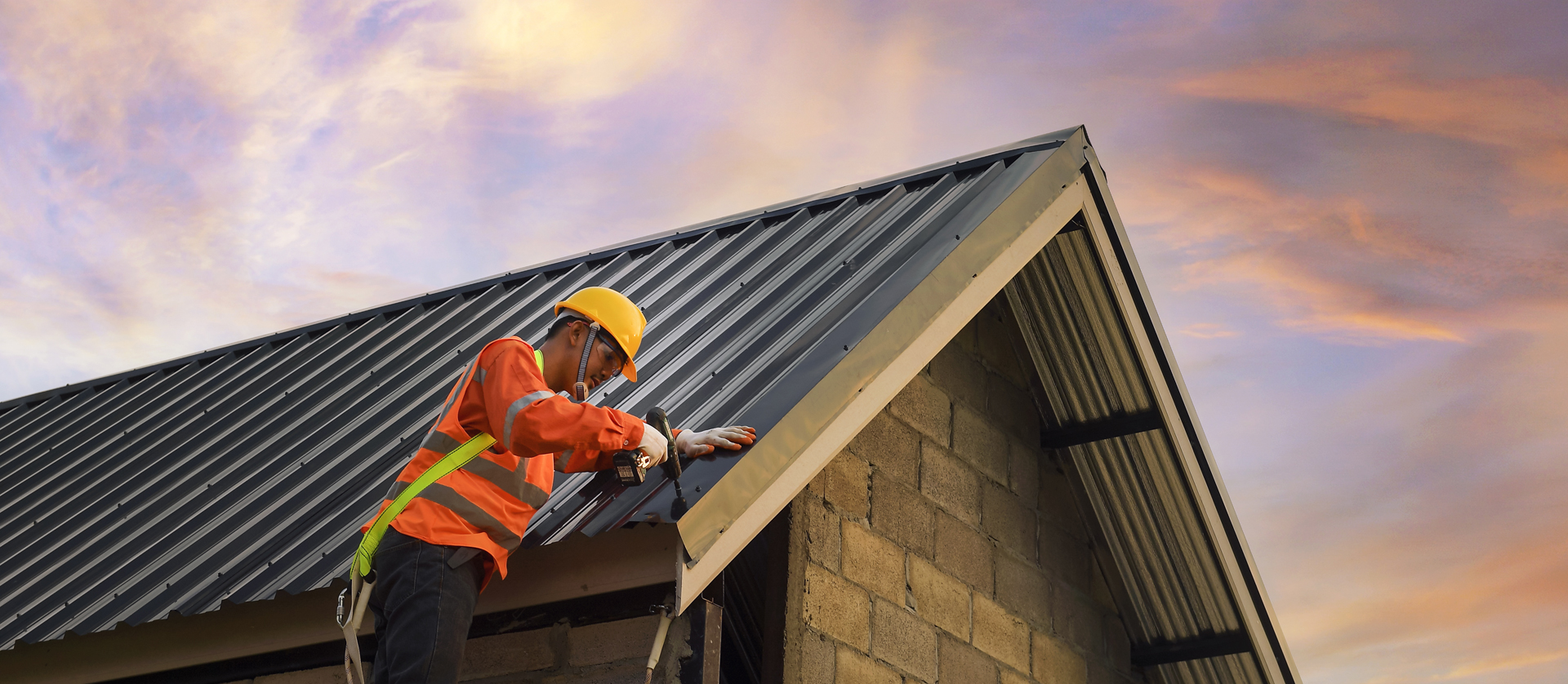When it comes to selecting the ideal roofing material for low-slope commercial roofs, property owners and roofing contractors have a myriad of options. However, one material stands out from the rest: Polyvinyl Chloride, commonly known as PVC. In this comprehensive guide, we’ll delve into the reasons why PVC is considered the superior choice for low-slope roofing, examining its benefits, comparing it with other materials, and addressing some potential drawbacks.
The Benefits of PVC Roofing
Exceptional Durability
PVC roofing systems are renowned for their exceptional durability. Made from a robust thermoplastic material, PVC membranes can withstand various environmental stresses, including extreme weather conditions, high winds, and heavy foot traffic. This durability translates into a longer lifespan, often exceeding 20 years, making PVC a cost-effective investment in the long run.
Chemical and Fire Resistance
One of the standout features of PVC roofing is its resistance to chemicals and fire. This makes it an ideal choice for commercial properties that may be exposed to harsh substances or require stringent fire safety measures. PVC’s inherent fire retardancy helps prevent the spread of flames, providing an added layer of protection for your property.
Energy Efficiency
Energy efficiency is a critical consideration for commercial property owners, and PVC roofing excels in this area. The reflective surface of PVC membranes helps deflect sunlight, reducing the amount of heat absorbed by the building. This leads to lower cooling costs during hot months and contributes to a more comfortable indoor environment. Over time, these energy savings can significantly offset the initial investment in PVC roofing.
Easy Installation and Repair
Installing PVC roofing is a relatively straightforward process, especially when conducted by experienced professionals. The material is lightweight and flexible, allowing for quick and efficient installation. Additionally, repairs are typically simple and cost-effective, as PVC membranes can be easily welded to create seamless patches, ensuring the integrity of the roofing system.
Potential Drawbacks of PVC Roofing
While PVC offers numerous advantages, it’s essential to consider some potential drawbacks:
Higher Initial Cost
PVC roofing generally comes with a higher upfront cost compared to other materials like EPDM (Ethylene Propylene Diene Monomer) and TPO (Thermoplastic Olefin). However, it’s important to view this cost in the context of long-term savings. The durability, low maintenance requirements, and energy efficiency of PVC often justify the initial investment.
Environmental Impact During Production
The production of PVC involves certain environmental considerations, as it is derived from petrochemicals. However, advancements in manufacturing processes are continually reducing the environmental footprint of PVC production. Additionally, the long lifespan and recyclability of PVC roofing contribute positively to its overall environmental impact.
Requires Professional Installation
To fully leverage the benefits of PVC roofing, professional installation is essential. This ensures that the material is correctly installed, welded, and sealed, preventing potential issues down the line. While this may add to the initial cost, it guarantees the longevity and performance of the roofing system.
Comparing PVC with Other Roofing Materials
Durability
When compared to alternative roofing materials like EPDM and TPO, PVC offers superior chemical and fire resistance. EPDM, while durable, lacks the same level of chemical resistance and can be susceptible to punctures. TPO, another popular option, shares some similarities with PVC but typically falls short in terms of long-term durability and chemical resistance.
Energy Efficiency
PVC’s reflective surface sets it apart from traditional roofing materials. EPDM, for instance, is a dark-colored rubber membrane that absorbs heat, leading to higher cooling costs. TPO offers some reflective properties, but PVC’s established track record in energy savings makes it a preferred choice for property owners seeking to reduce energy consumption and costs.
Cost
While PVC roofing has a higher initial cost compared to EPDM and TPO, its longevity and low maintenance requirements make it a wise investment. EPDM may have a lower upfront cost, but its shorter lifespan and potential for repairs can add to the overall expense over time. TPO, though moderately priced, may not offer the same level of durability as PVC, potentially leading to higher costs in the long run.
PVC – The Superior Choice for Low-Slope Roofing
In conclusion, PVC roofing emerges as the superior choice for low-slope commercial roofs due to its exceptional durability, chemical and fire resistance, energy efficiency, and ease of installation and repair. While it may come with a higher initial cost, the long-term benefits and savings make PVC a compelling option for property owners and roofing contractors alike.
Ready to experience the advantages of PVC roofing for your commercial property? Contact Hubbard Roofing today for expert advice and professional installation services. Let us help you protect your investment and enhance the performance of your low-slope roofing system.
By considering PVC for your next roofing project, you are making a smart, long-term investment in the safety, efficiency, and durability of your commercial property. Don’t settle for less when it comes to protecting your valuable assets. Reach out to Hubbard Roofing and discover how PVC can transform your roofing experience.



